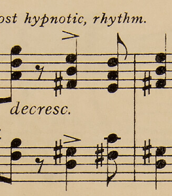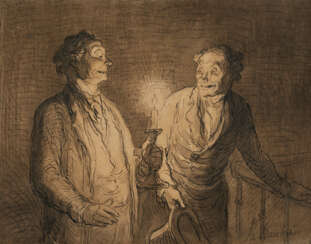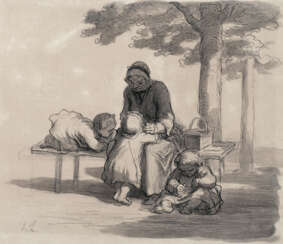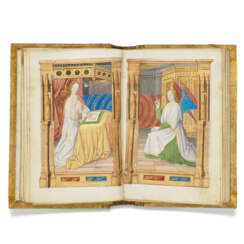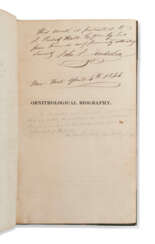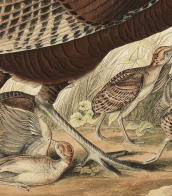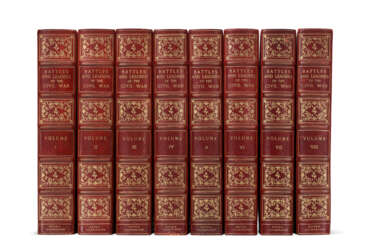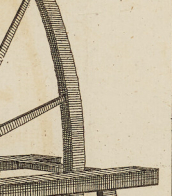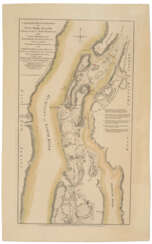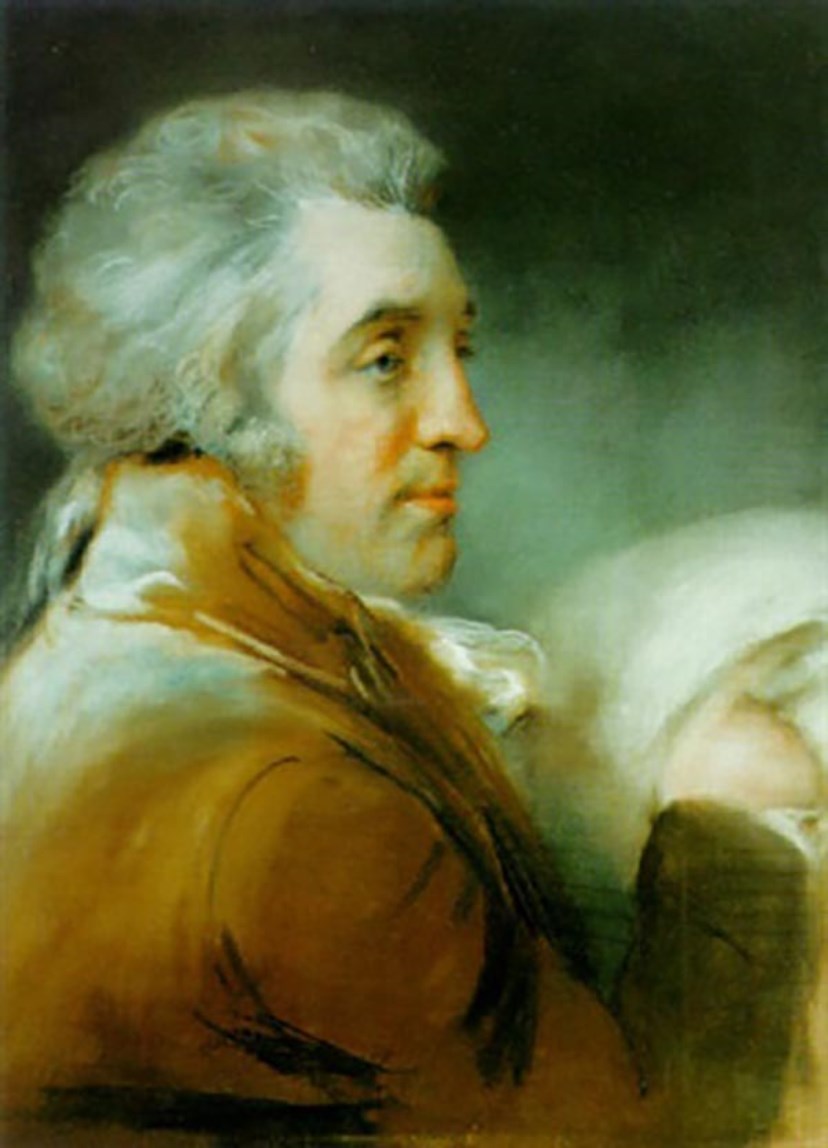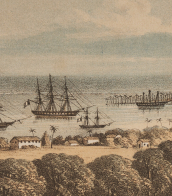george nathan &
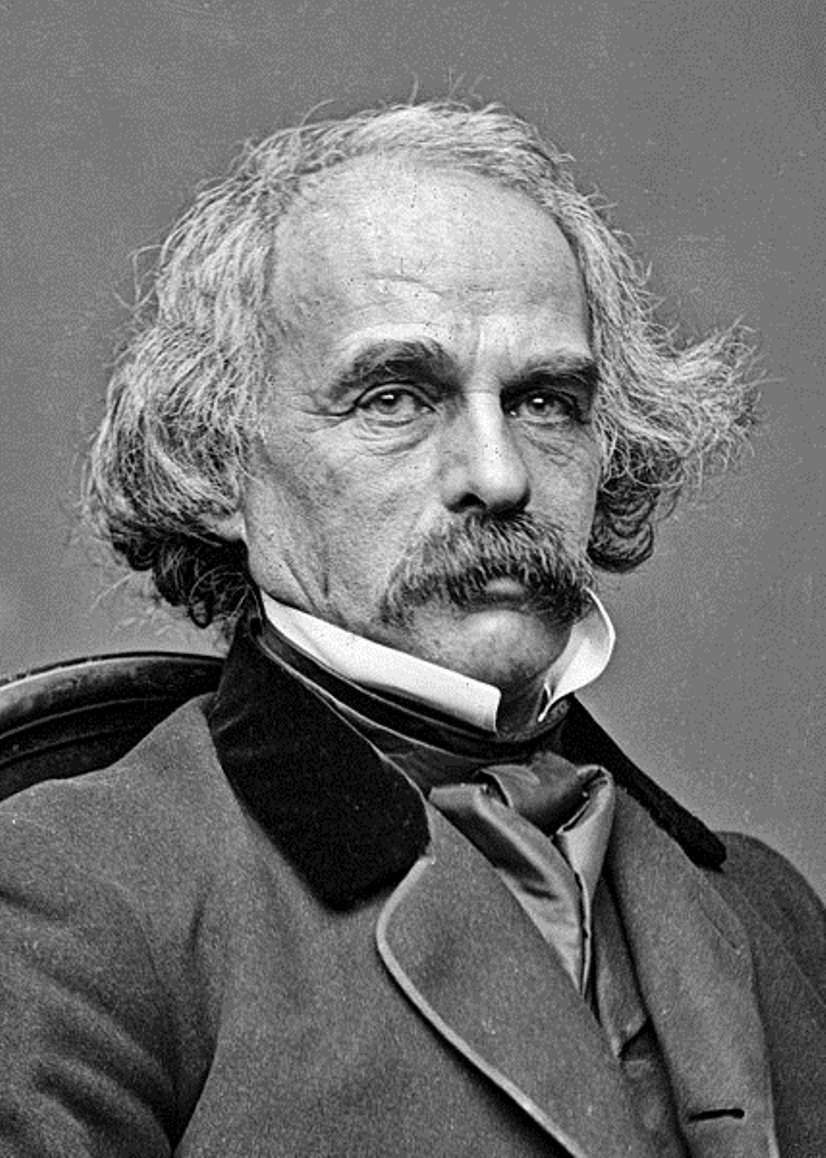
Nathaniel Hawthorne is an American writer and author.
Hawthorne is a recognized short story writer and a master of allegorical and symbolic narrative. One of the first fiction writers in American literature, he is best known for his works The Scarlet Letter (1850) and The House of Seven Gables (1851). Hawthorne's artistic works are considered part of the American Romantic movement and, in particular, of so-called dark Romanticism, a popular mid-19th-century fascination with the irrational, the demonic, and the grotesque.
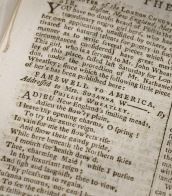
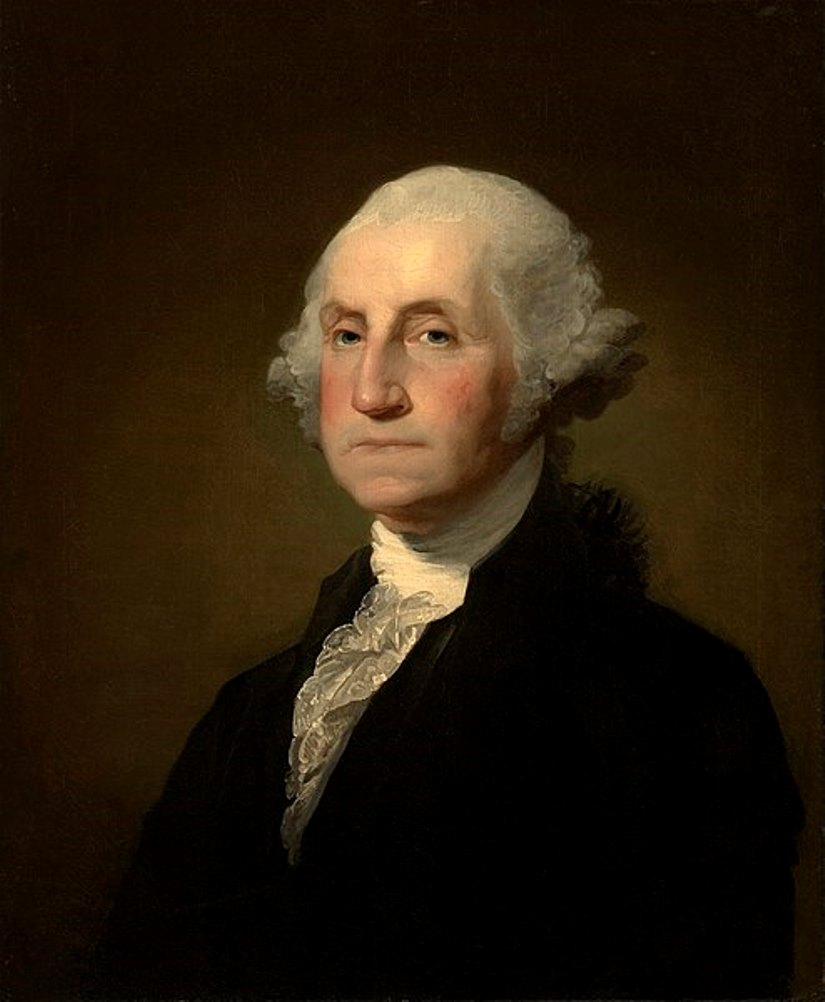
George Washington is the first popularly elected president of the United States of America and one of the founding fathers of the United States.
Born into a noble family in colonial Virginia in February 1732, George Washington served as a Virginian officer with British troops during the French-Indian War (1754-1763) from 1754-1758. This was a territorial war fought largely between the colonies of Britain and France that escalated into a worldwide conflict between the two countries. J. Washington was at the center of the conflicts in the disputed Ohio River Valley area.
In June 1775, he was elected commander-in-chief of the Continental forces in the war already for independence from Great Britain. He commanded American troops throughout the war, becoming famous for his perseverance and bravery.
In 1787, J. Washington represented the state of Virginia as a delegate to the Constitutional Convention. This convention created the Constitution of the United States. In 1789, the Electoral College unanimously elected George Washington president, and in 1792 he was re-elected for a second term. Thus George Washington was in office as President of the United States from April 30, 1789 to March 4, 1797.
As head of state, he helped to strengthen the Union, implement the principles of the Constitution and build the capital of the United States. He was engaged in the formation of the central authorities and system of government, created precedents for the institution of presidents, encouraged the development of the economy, maintained friendly relations with Congress. In foreign policy Washington avoided interference in the affairs of European states.
After leaving the post of president, George Washington lived in Mount Vernon Manor.
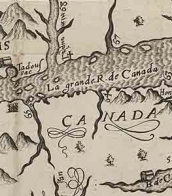
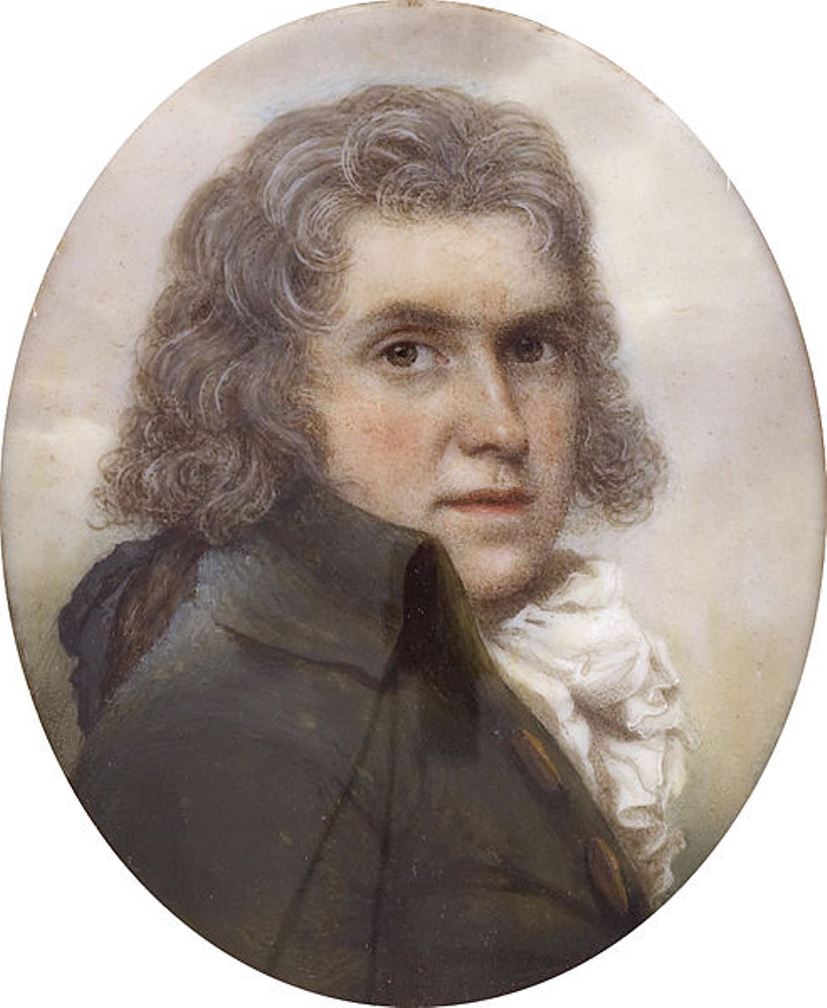
Nathaniel Plimer was a British miniature painter and portraitist.
Like his brother Andrew Plimer, he studied first with his watchmaker father, but both ran away and traveled for over two years in Wales and the west of England with a troupe of gypsies before settling in London. Together they studied miniature painting under Richard Cosway (1742-1821). Nathaniel Plimer exhibited at the Royal Academy from 1787 to 1815, and his portraits were much appreciated by his contemporaries.
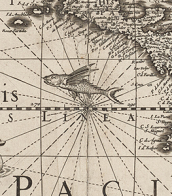
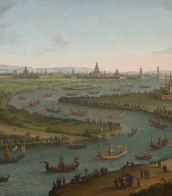
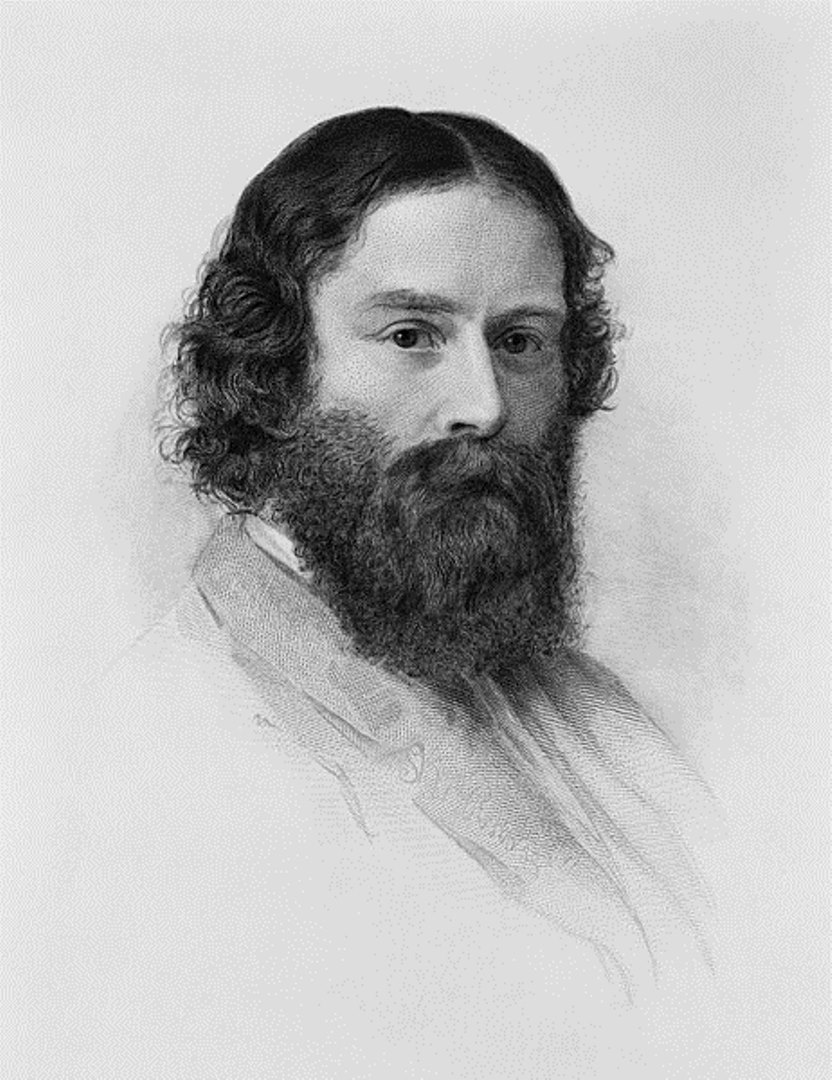
James Russell Lowell was an American poet, educator, and diplomat.
From 1845 to 1850, he wrote about 50 articles against slavery for periodicals. Two of Lowell's other two most important works were also published in 1848: the poem "Sir Launfal's Vision," praising the brotherhood of man, and "A Fable for Critics," a witty appraisal of contemporary American authors. These books, together with the publication in the same year of a second series of his poems, made Lowell the most popular new figure in 19th-century American literature.
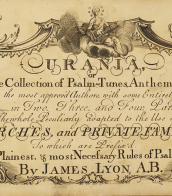

Nathaniel Hawthorne is an American writer and author.
Hawthorne is a recognized short story writer and a master of allegorical and symbolic narrative. One of the first fiction writers in American literature, he is best known for his works The Scarlet Letter (1850) and The House of Seven Gables (1851). Hawthorne's artistic works are considered part of the American Romantic movement and, in particular, of so-called dark Romanticism, a popular mid-19th-century fascination with the irrational, the demonic, and the grotesque.


Nathaniel Hawthorne is an American writer and author.
Hawthorne is a recognized short story writer and a master of allegorical and symbolic narrative. One of the first fiction writers in American literature, he is best known for his works The Scarlet Letter (1850) and The House of Seven Gables (1851). Hawthorne's artistic works are considered part of the American Romantic movement and, in particular, of so-called dark Romanticism, a popular mid-19th-century fascination with the irrational, the demonic, and the grotesque.


Nathaniel Hawthorne is an American writer and author.
Hawthorne is a recognized short story writer and a master of allegorical and symbolic narrative. One of the first fiction writers in American literature, he is best known for his works The Scarlet Letter (1850) and The House of Seven Gables (1851). Hawthorne's artistic works are considered part of the American Romantic movement and, in particular, of so-called dark Romanticism, a popular mid-19th-century fascination with the irrational, the demonic, and the grotesque.


Nathaniel Hawthorne is an American writer and author.
Hawthorne is a recognized short story writer and a master of allegorical and symbolic narrative. One of the first fiction writers in American literature, he is best known for his works The Scarlet Letter (1850) and The House of Seven Gables (1851). Hawthorne's artistic works are considered part of the American Romantic movement and, in particular, of so-called dark Romanticism, a popular mid-19th-century fascination with the irrational, the demonic, and the grotesque.


Nathaniel Hawthorne is an American writer and author.
Hawthorne is a recognized short story writer and a master of allegorical and symbolic narrative. One of the first fiction writers in American literature, he is best known for his works The Scarlet Letter (1850) and The House of Seven Gables (1851). Hawthorne's artistic works are considered part of the American Romantic movement and, in particular, of so-called dark Romanticism, a popular mid-19th-century fascination with the irrational, the demonic, and the grotesque.


Nathaniel Hawthorne is an American writer and author.
Hawthorne is a recognized short story writer and a master of allegorical and symbolic narrative. One of the first fiction writers in American literature, he is best known for his works The Scarlet Letter (1850) and The House of Seven Gables (1851). Hawthorne's artistic works are considered part of the American Romantic movement and, in particular, of so-called dark Romanticism, a popular mid-19th-century fascination with the irrational, the demonic, and the grotesque.


Nathaniel Hawthorne is an American writer and author.
Hawthorne is a recognized short story writer and a master of allegorical and symbolic narrative. One of the first fiction writers in American literature, he is best known for his works The Scarlet Letter (1850) and The House of Seven Gables (1851). Hawthorne's artistic works are considered part of the American Romantic movement and, in particular, of so-called dark Romanticism, a popular mid-19th-century fascination with the irrational, the demonic, and the grotesque.

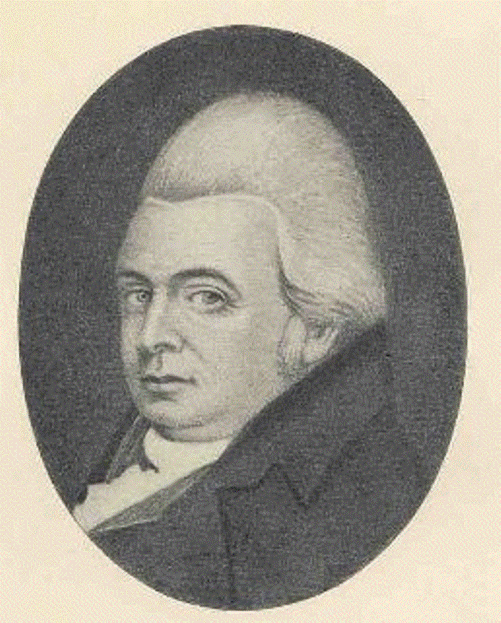
Royall Tyler, real name William Clark Tyler, was an American politician, lawyer and judge, playwright, essayist and educator.
He graduated from Harvard University, was admitted to the bar, and in 1801 was appointed a justice of the Vermont Supreme Court. In 1811, Tyler was appointed professor of jurisprudence at the University of Vermont.
Royall Tyler is best known today as the author of the first American comedy, Contrast, which premiered in 1787 at the John Street Theater. This play is the first to feature a Yankee character, a character native and familiar to local audiences, and the forerunner of many such in later years.

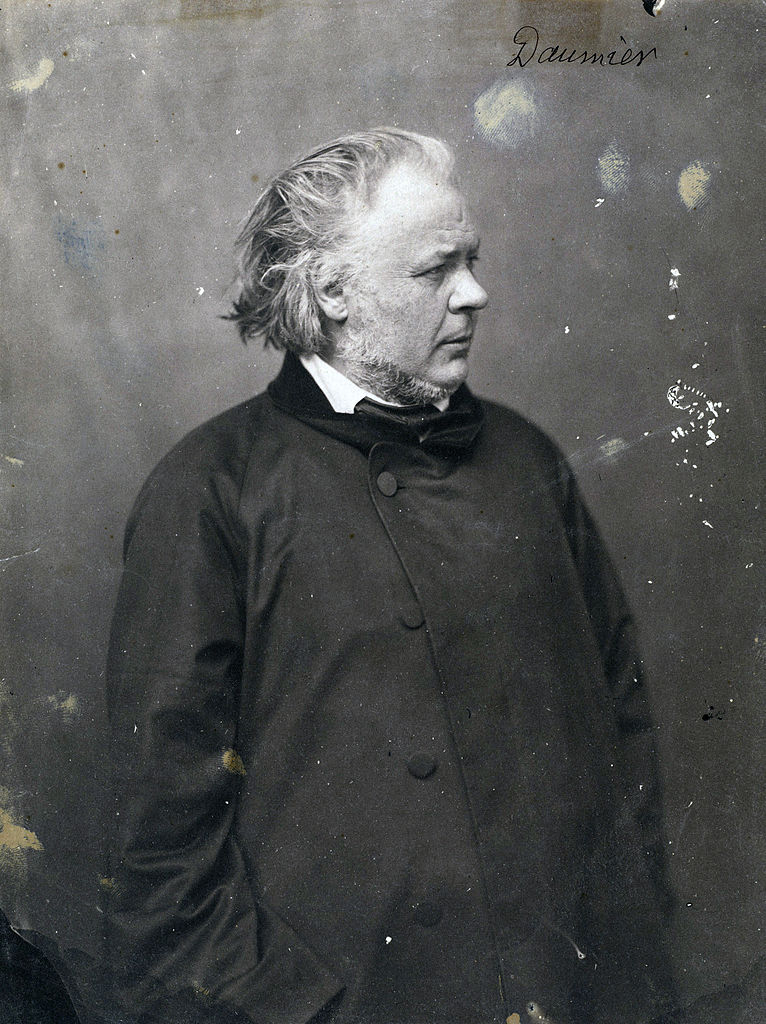
Honoré Daumier, a French artist, is renowned for his profound impact on 19th-century art through his work as a caricaturist, painter, and sculptor. His art, which satirized French politics and society, is celebrated for its insightful commentary on the human condition and the social landscape of his time. While Daumier is perhaps best known for his incisive and humorous lithographs that critiqued the French bourgeoisie and political figures, his contributions to painting and sculpture are equally significant, demonstrating a keen observation of everyday life and a masterful use of expression.
Honoré Daumier's early involvement with lithography, a relatively new printmaking technique at the time, allowed him to produce works that were both accessible and impactful, resonating with a wide audience. His imprisonment in 1832 for his caricature of King Louis Philippe as Gargantua highlights the daring nature of his work and the personal risks he took to express his political views. Despite the challenges he faced, including eventual blindness, Daumier continued to create art that spoke to the societal issues of his day, transitioning to painting and sculpture while maintaining the critical edge that defined his earlier works.
His later years were spent in Valmondois, where he focused more on painting, capturing scenes of daily life with a technique that distanced itself from the caricatural style he was famous for but retained his keen observational skills. Despite his struggles with poverty and illness, Honoré Daumier's legacy endures, with his works housed in prestigious institutions like the British Museum and being recognized for their contribution to the development of modern art, particularly in their influence on Impressionist techniques.
For collectors and enthusiasts of art and antiques, Honoré Daumier's work offers a unique window into 19th-century French society, marked by a blend of humor, social critique, and poignant observation. His diverse body of work, from lithographs to paintings, continues to inspire and provoke thought, making him a pivotal figure in the history of art.
To stay informed about the latest exhibitions, sales, and events related to Honoré Daumier's work, signing up for updates is a valuable way to ensure you don't miss out on the opportunity to engage with the rich legacy of this influential artist.
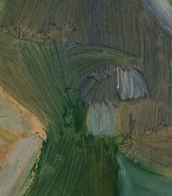

Honoré Daumier, a French artist, is renowned for his profound impact on 19th-century art through his work as a caricaturist, painter, and sculptor. His art, which satirized French politics and society, is celebrated for its insightful commentary on the human condition and the social landscape of his time. While Daumier is perhaps best known for his incisive and humorous lithographs that critiqued the French bourgeoisie and political figures, his contributions to painting and sculpture are equally significant, demonstrating a keen observation of everyday life and a masterful use of expression.
Honoré Daumier's early involvement with lithography, a relatively new printmaking technique at the time, allowed him to produce works that were both accessible and impactful, resonating with a wide audience. His imprisonment in 1832 for his caricature of King Louis Philippe as Gargantua highlights the daring nature of his work and the personal risks he took to express his political views. Despite the challenges he faced, including eventual blindness, Daumier continued to create art that spoke to the societal issues of his day, transitioning to painting and sculpture while maintaining the critical edge that defined his earlier works.
His later years were spent in Valmondois, where he focused more on painting, capturing scenes of daily life with a technique that distanced itself from the caricatural style he was famous for but retained his keen observational skills. Despite his struggles with poverty and illness, Honoré Daumier's legacy endures, with his works housed in prestigious institutions like the British Museum and being recognized for their contribution to the development of modern art, particularly in their influence on Impressionist techniques.
For collectors and enthusiasts of art and antiques, Honoré Daumier's work offers a unique window into 19th-century French society, marked by a blend of humor, social critique, and poignant observation. His diverse body of work, from lithographs to paintings, continues to inspire and provoke thought, making him a pivotal figure in the history of art.
To stay informed about the latest exhibitions, sales, and events related to Honoré Daumier's work, signing up for updates is a valuable way to ensure you don't miss out on the opportunity to engage with the rich legacy of this influential artist.
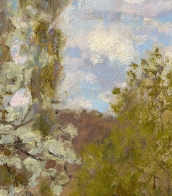
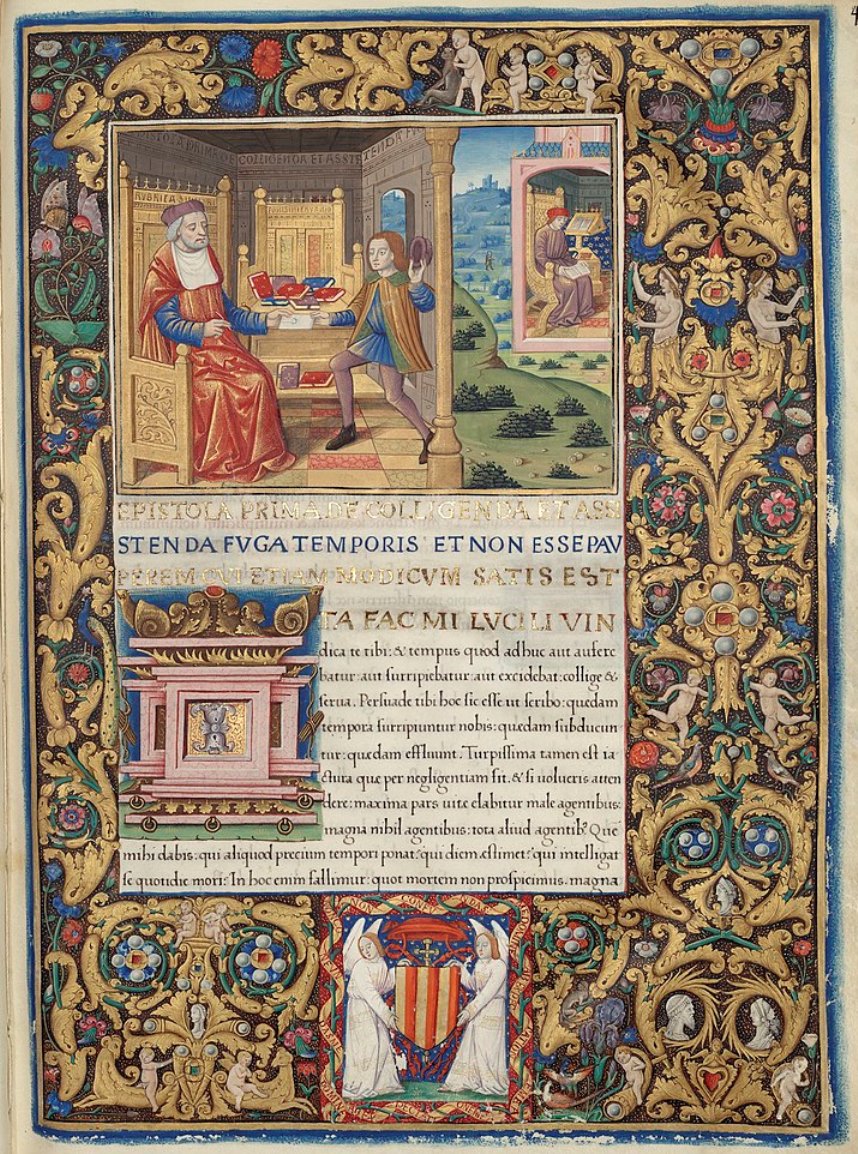
Robert Boyvin was a French illuminator who worked in Rouen between 1480 and 1536.
Robert came from the Boyvin family of booksellers, known since the early 15th century. He was part of a group of illuminators along with Jean Pichord, Jean Serpen, Etienne du Monstier and Nicolas Hisse.
Boyvin produced more than 80 surviving manuscripts, most of which were books of hours, and his style had a great influence on the Rouen workshops. From 1530, Boyvin also made some jewelry for Cardinal Georges d'Amboise.
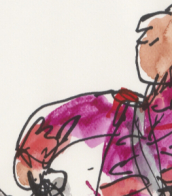
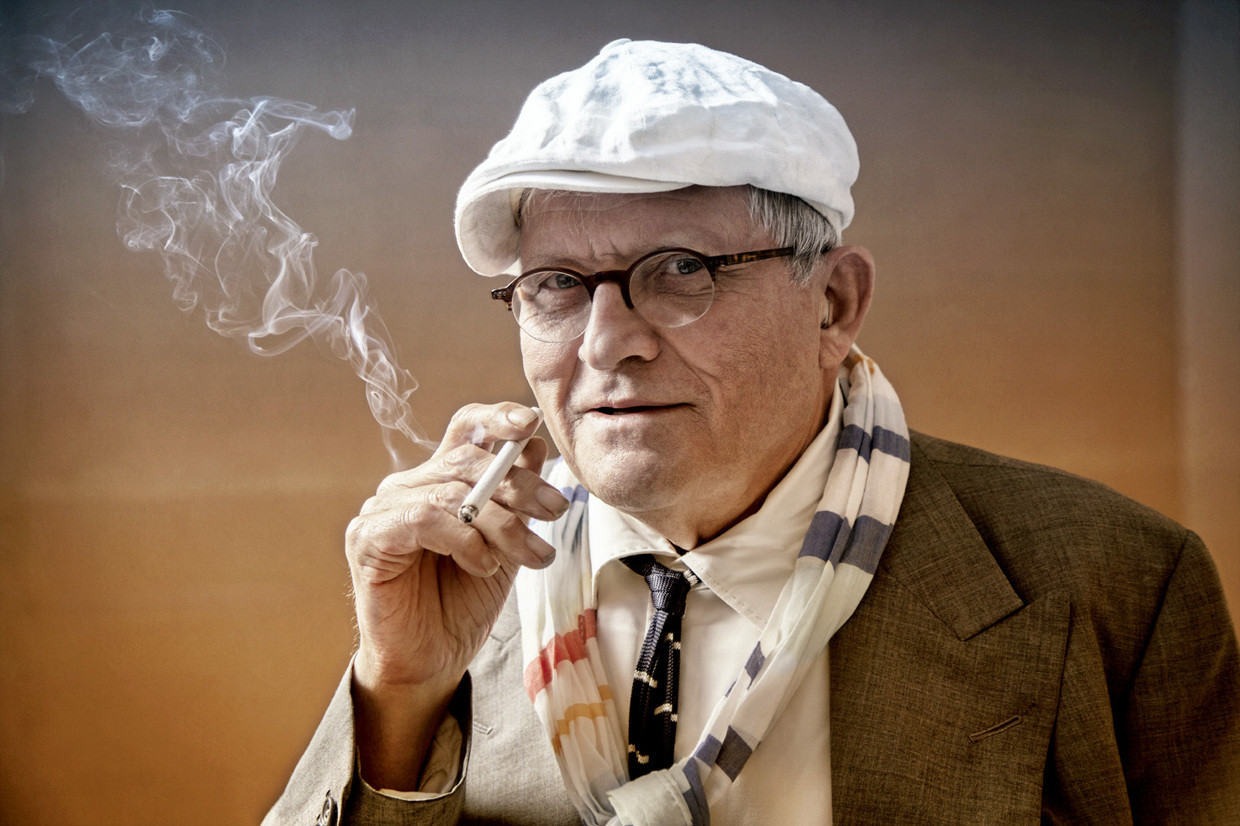
David Hockney, a British artist, has been a prominent figure in the art world for over six decades, renowned for his contributions to painting, drawing, printmaking, photography, and video art. His exploration of these mediums has made significant impacts on the Pop Art movement and beyond, making him one of the most influential artists of the 20th and 21st centuries. Hockney's work is celebrated for its vibrant color palette, emotional depth, and innovative use of technology in art.
One of Hockney's most distinctive features is his ability to blend traditional techniques with modern technology, notably in his iPad drawings and photographic collages. This fusion not only showcases his skillful adaptation to contemporary mediums but also highlights his ongoing quest to explore the nature of seeing and representation in art. Hockney's landscapes and portraits, characterized by their bright colors and meticulous detail, invite viewers to see the world through his unique perspective.
Significant works by Hockney, such as "A Bigger Splash" and "Portrait of an Artist (Pool with Two Figures)," are housed in major museums and galleries worldwide, attesting to his global influence and appeal. These pieces, among others, demonstrate Hockney's mastery over space, light, and narrative, securing his position as a pivotal figure in modern and contemporary art.
For collectors and experts in art and antiques, Hockney's oeuvre presents a fascinating study in the evolution of visual arts. His work not only offers insight into the artist's personal vision but also reflects broader cultural and technological shifts in society. As interest in Hockney's art continues to grow, keeping abreast of new sales and auction events becomes increasingly valuable.
To stay informed about the latest David Hockney sales and auction events, sign up for our updates. This subscription ensures that you receive timely notifications about new product sales and auction events related to David Hockney, offering unique opportunities for collectors and enthusiasts alike.
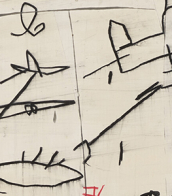
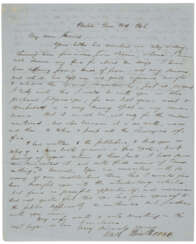

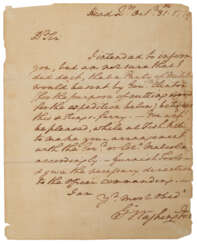

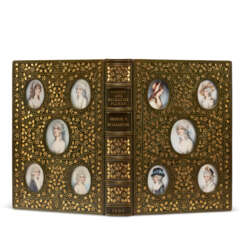

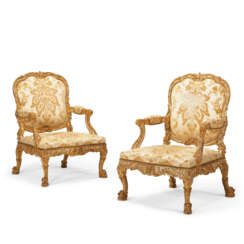

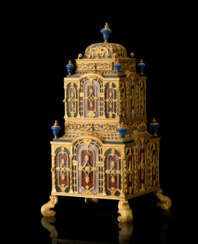

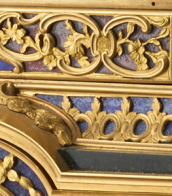


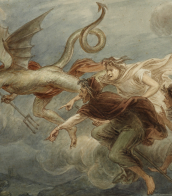
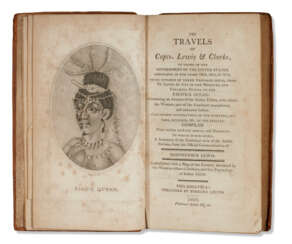

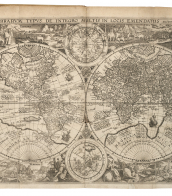
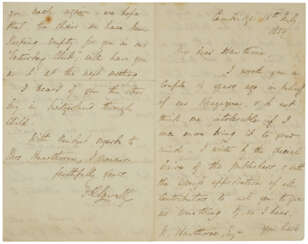

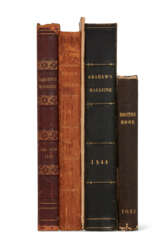



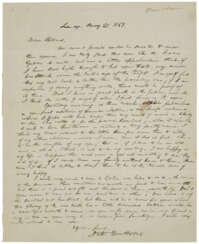



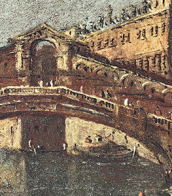
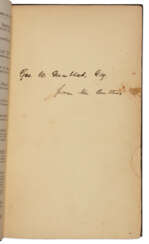

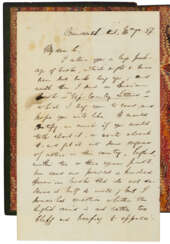

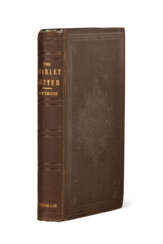



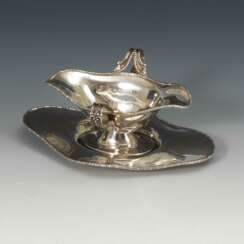




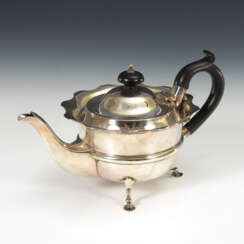

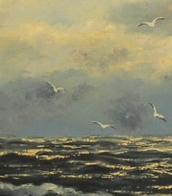
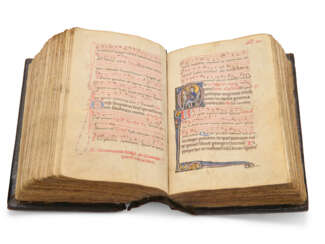

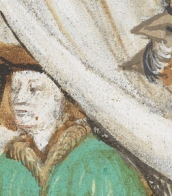
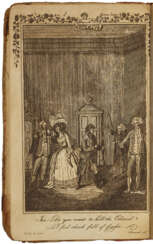

![Autograph letter signed ('Eric A. Blair') to Dennis [Collings]](/assets/image/picture_3069379/6af83/a37bb91862ecb96e0686708f1d20b2561695852000jpg__fix_374_244.jpeg)
![Autograph letter signed ('Eric A. Blair') to Dennis [Collings]](https://veryimportantlot.com/assets/image/picture_3069379/6af83/a37bb91862ecb96e0686708f1d20b2561695852000jpg__fix_374_244.jpeg)
